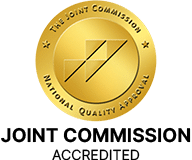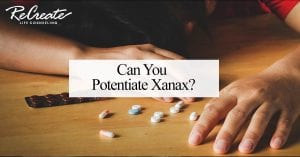

Recognized for excellence in substance abuse and behavioral health treatment by the Joint Commission

Post-Acute Withdrawal Syndrome from Suboxone
It is important to pay special attention to symptoms associated with Post-Acute Withdrawal Syndrome (PAWS) involving Suboxone and treat them as soon as they arise.
Sober Living Houses
Sober living houses (SLHs), also called sober homes and sober living environments, are facilities that provide safe housing and supportive, structured living conditions for people exiting drug rehabilitation programs.

There are two main phases of drug and alcohol withdrawal – acute and post-acute withdrawal. Post-acute withdrawal is the second...

How Long Are Benzos Detected in Urine?
Benzodiazepines, also known as benzos, like Xanax and Valium are central nervous system depressants that are used to treat things...

Difference Between the 12 Steps and 12 Traditions
While it may not be groundbreaking news today, addiction and alcoholism are not a choice, but deciding whether you want...

What to Say When Someone Offers You Drugs
Many of us went through the D.A.R.E. (Drug Abuse Resistance Education) Program in middle school or junior high school; a...

Mixing Valium and Vodka
Valium, also known as Diazepam, is used to treat anxiety, seizures, alcohol withdrawal, as well as sedation before medical procedures....

Reasons Not to Use Hallucinogens
Hallucinogens are drugs that cause hallucinations. These drugs alter the user’s thinking and perception in such a way that they...

Does Cocaine Abuse Make You Lose Weight?
Cocaine is an extremely addictive and powerful central nervous system stimulant drug that is derived from coca leaves. In the...

Can You Potentiate Xanax?
Xanax, or alprazolam, is a very powerful benzodiazepine used to treat anxiety disorders and panic disorders and can even be...

Can You Get High on DXM Cough Syrup?
Dextromethorphan, also known as DXM, is an active ingredient cough suppressant in cough medicines. Dextromethorphan (DXM) on its own can...

